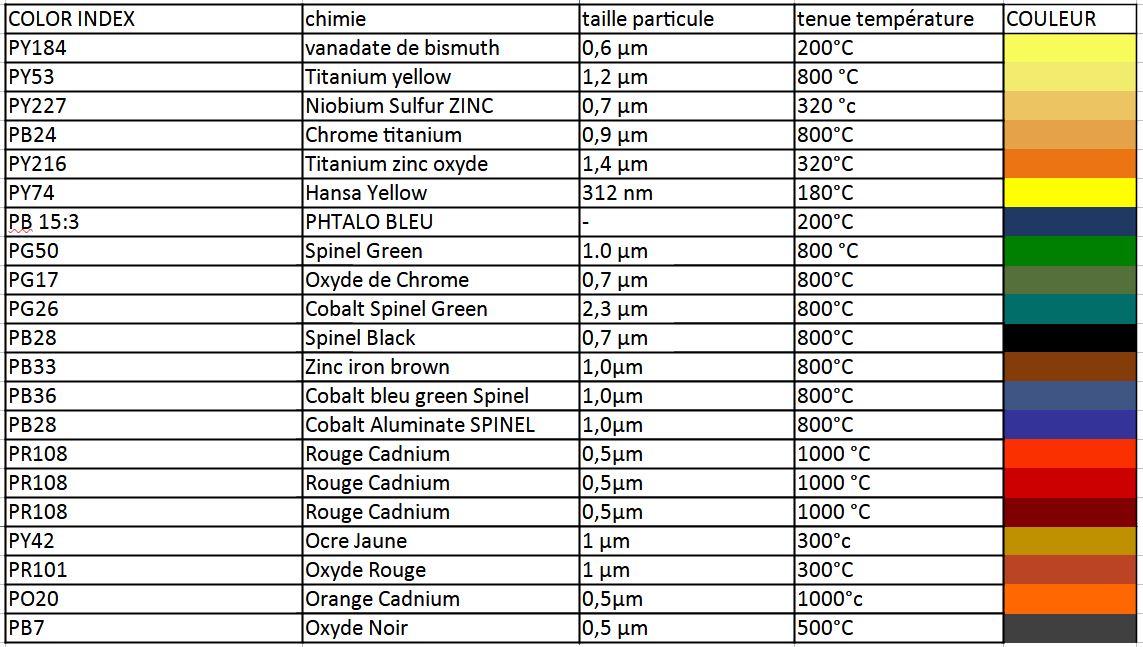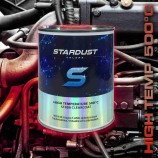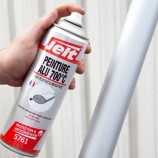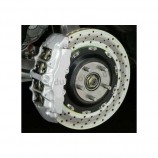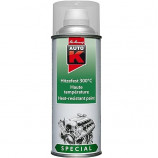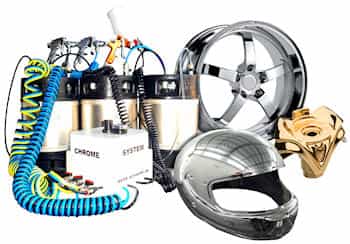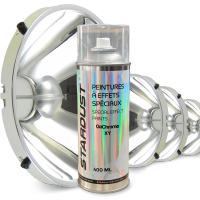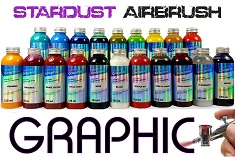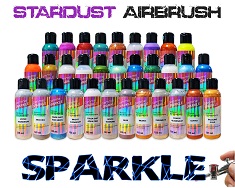All Products are in stock
and shipped from France.
Delivery within 48 hours.
and shipped from France.
Delivery within 48 hours.
Our categories
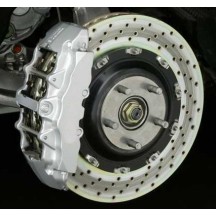
High-temperature paints
This family of products which is intended as much for the professionals and industrialists, as for the private individuals, are part of what we call the technical paint, because they are paints which are intended to fill certain roles and which have particular properties, more than particular aspects.
High-temperature paints, as the name implies...
-
ultra high temperature clearcoat 500°C
In Stock 21.60£ready to use monocomponent clearcoatindustrial and automotiveAvailable in - 400 ml aerosol can - 250 ml can - 1 Litre can - 5L can -
BLACK OR ALUMINUM HIGH TEMPERATURE PAINT 700 °C - SPRAYCAN 400ml
In Stock 16.20£Available in 2 different colours: Glossy Aluminum or Matt Black -
HIGH TEMPERATURE PAINT 160°C or 700°C
In Stock 21.60£Packaged in 250ml 1L or Spray 400ml Available colors:Aluminum 700 °Gold 350° - Red 160° - Green 330° - Yellow 200° - Black 300° - Orange 180° - Blue 300° -
Paint and clearcoat for high temperature 300 °C brake calipers
In Stock 21.60£400ml capacityProduct availabledelivered in 48hrsfor orders placed before 3:30PM 3 different versions300 0C Red300 0C Transparent topcoat300 0C Black -
Vermiculation Effect Paint – Baked wrinkled effect
In Stock 51.42£Painting with vermiculated texture effect Available in 1L can in the following colours: Grey, Black Product reserved for professionals -
LiNaQuartz® Nano Ceramic Permanent protective coating
In Stock 32.40£Nano Ceramic permanent protective coating LiNaQuartz® 9H Linaquartz is a real glass barrier, in the form of a concentrated liquid which when dry creates a layer of micro quartz with thickness below 1µm (hardness up to 9H) 4 offers: 62ml bottlecomplete kit1L5L In stock Delivery within 48hInstructions for use, Data sheet and Safety data sheet























